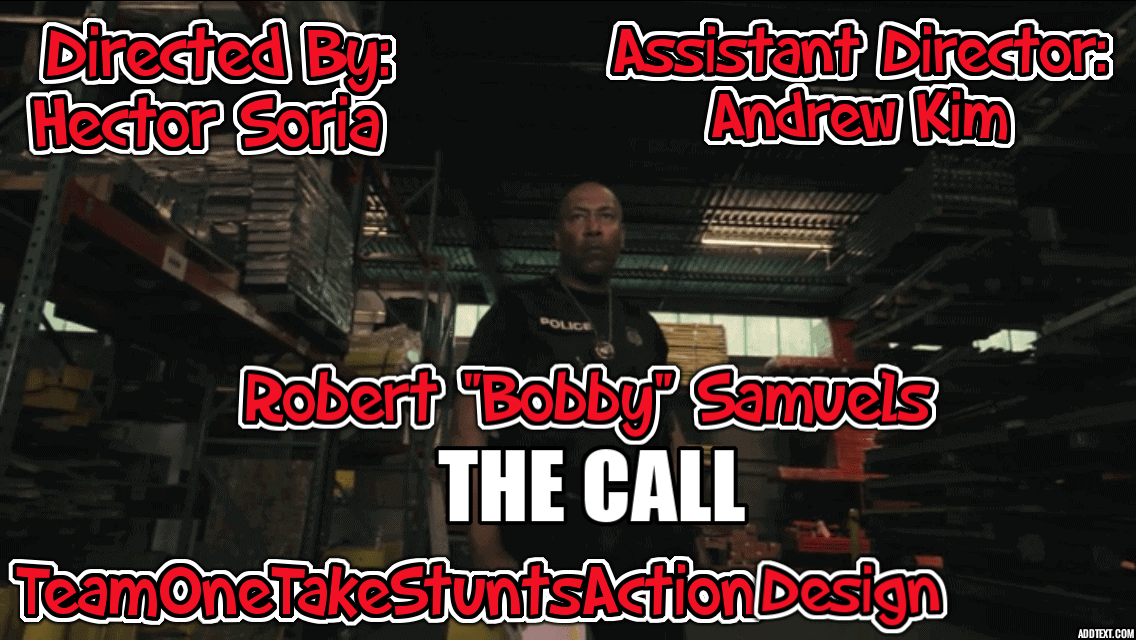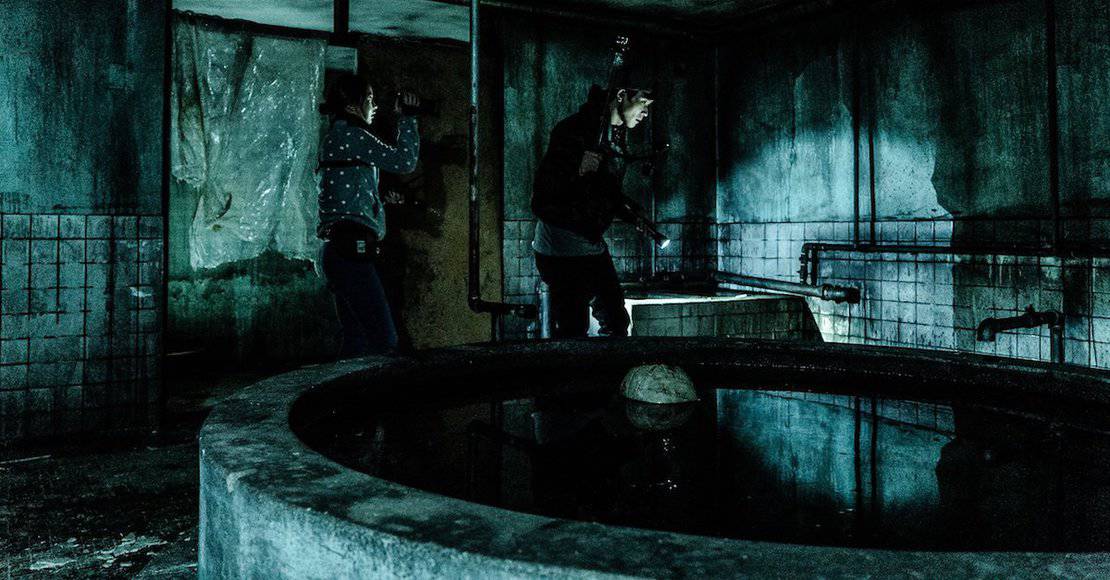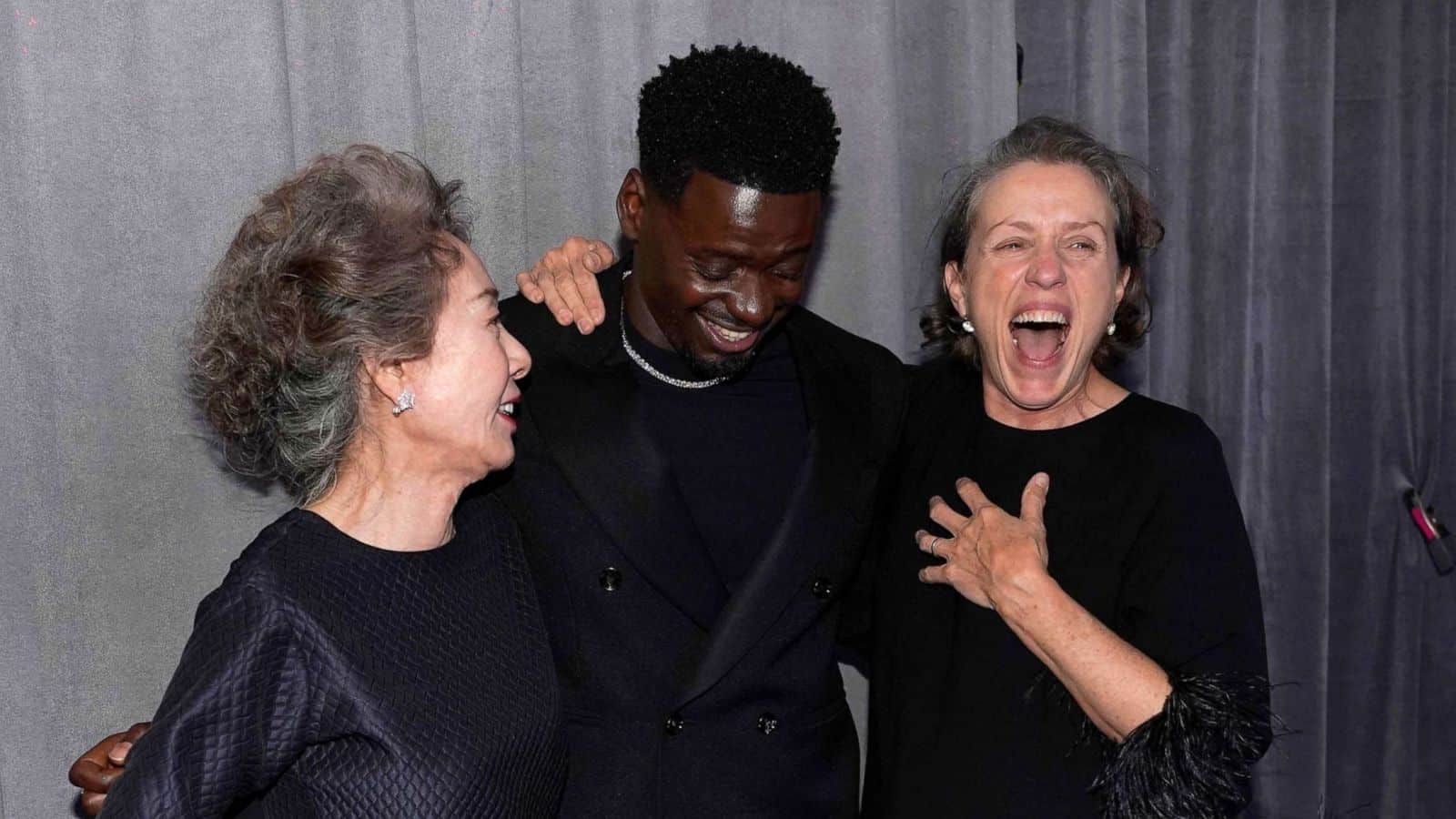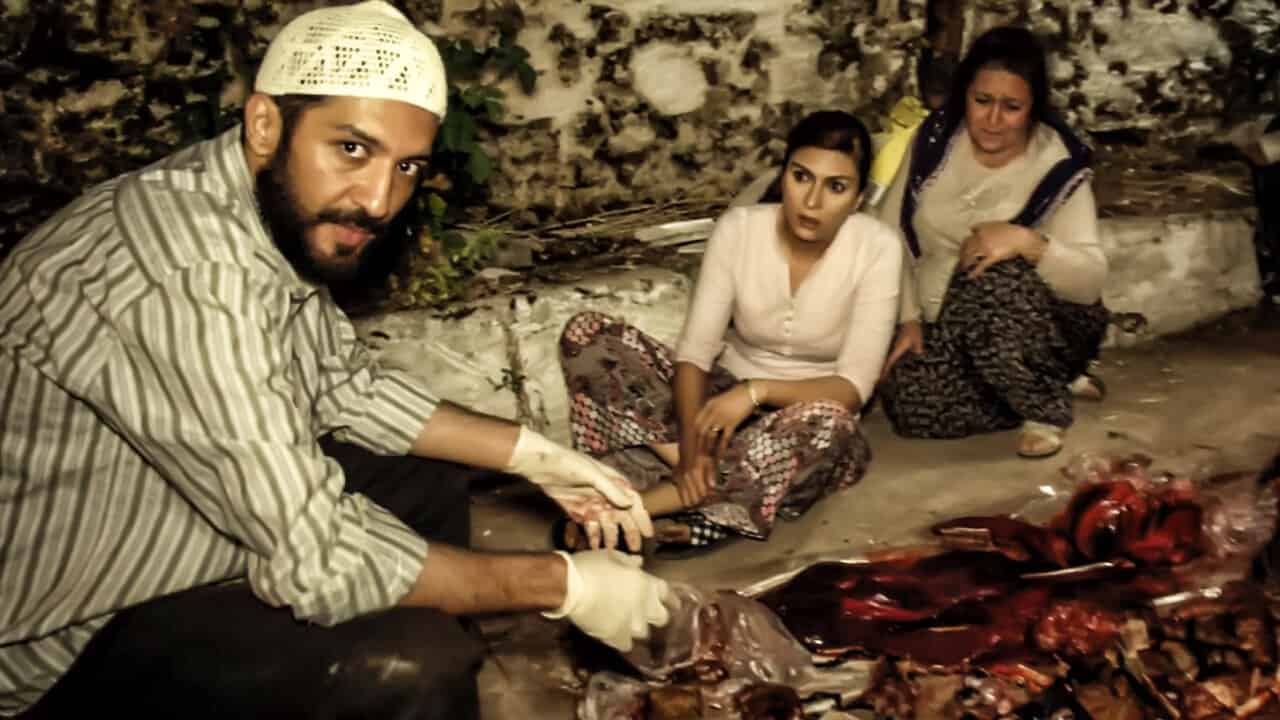Irfana Majumdar studied Theatre and Performance at the University of Chicago. She is the founding artistic director of the NIRMAN Theatre & Film Studio in Varanasi, India. She has been awarded fellowships for her commitment to themes of social justice and collaborative creation. She has made three documentaries. Shankar's Fairies is her first feature film.
On the occasion of “Shankar's Fairies” screening at Locarno, we speak with her about shooting a film with your family, various hierarchies that still dominate Indian society, Shankar, the casting, and many other topics

Shankar's Fairies is the outcome of your family's efforts, for the most part. Can you give us some details about how the production came to be? Was it difficult working so closely with your family, particularly since a number of you had more than one roles in the production?
Not unusually difficult since we have previously juggled many roles together and continue to do so. We were very glad to have each other during the rigours of the shoot! We decided to do the film because this family house was going to be sold after my grandmother's death. We wanted to find a way to ‘preserve' the memories of the house and the lifestyle that came with it, but, more importantly, transform them into something more universal – a work of art – that could connect to many people around the world.
The caste system is one of the main elements of the film. What is your experience regarding this system, and how much has it changed through the years?
The caste system is not as crucial as the combination of various hierarchies: class, gender, and education. In some cases, as in this film's story, the caste of the master & mistress, or of Shankar, is irrelevant. The powerful are in power because of their education, social capital, and profession. They could be of any caste. The poor are powerless again, not because of their caste, but because Indian villages and villagers are poor, pre-modern, lacking in modern facilities and occupational opportunities (causing a migration to cities). This is still the case in India today. I work in Varanasi with an organisation, NIRMAN, which runs an integrated children's school with children from all backgrounds, a research centre, and arts studios. We work for change and social justice, but these are very deep-running set of structural problems.
The film also focuses on police brutality. What is your opinion on this subject?
Police brutality is unfortunate and unnecessary. Only police officers such as Ramesh in the film, and those in liaison with them, think otherwise.

Why did you choose to focus on Shankar, and how close to the actual person is the character in the film? In general how close to the real events is the whole film?
The real Shankar was loved by all of us and the character is totally modelled on him. When we were discussing the idea of a story based on my mother's childhood and set in the house, we realized that the central character of the story had to be Shankar, because her childhood as well as the well-being of the house revolved around him. Almost every event in the film actually happened. It is the stringing them all together and creating a ‘story' that took place over a few months (the actual incidents took place over many years – my mother's entire childhood) and thus drawing out patterns that are the work of art.
How would you describe his relationship with the Lady of the House?
As we tried to show, she was committed to total efficiency and that translated to control over him so it was a tense relationship. She was also a reformer, and he just an ordinary human being, so they could never joke or laugh together. His going on leave translated to her simply as “This will be a lot of trouble–how will the household run?” His having a night out with friends translated as “He should be more disciplined.”

How was the casting process for the film like, particularly for Shreeja Mishra and Gaurav Saini, and how was your cooperation with them?
We had auditions in Delhi, Mumbai, Varanasi, and Lucknow. Gaurav, my husband and the associate director/acting coach, conducted the auditions. Jaihind Kumar (Shankar) is an actor in film in Mumbai, and was also a friend of Gaurav's. Gaurav thought that Jaihind would be a good choice and called him to the audition. Shreeja Mishra, the other children and minor characters are mostly non-actors or minor actors from Lucknow. We had workshops in four or five schools with children (conducted by Gaurav, who works in theatre with children), and then called the girls who seemed promising to the house (we were staying there during pre-production), where we played and interacted with them.
After we cast Shreeja and Jaihind, Jaihind moved to the house with us for three months and Shreeja came over almost every day. Gaurav conducted formal acting workshops with all of us and worked with Jaihind and Shreeja on every scene in detail. We also wanted them to do the activities they do in the film, get to know the spaces of the house intimately, and spend time together to get to know each other well. That was a wonderful time, and we became very close.
How was your cooperation with DP Sunny Banerjee, and what was your overall purpose regarding the visuals of the movie?
We decided to work with Sunny because of our shared aesthetic ideas for the film. He chose the perfect camera for us and designed our lighting in such a way that we did not need to hire commercial lights. In general, I wanted the film to have the feeling of serenity within a large space, and to always place the characters within their setting, so that the viewers would remember their context. I wanted the house to feel like a witness to the events: a sheltering, safe place. The objects and details were important because they were particular to the time and lifestyle, but also contrasted strongly to the sparseness of Shankar's material wealth and possessions.

Same question about Tanushree Das and the editing?
We found Tanushree after a long and circuitous route which included doing two totally different edits myself. She really understood the idea that I was going for and helped figure out some of the key ideas about the structure of the story. The important thing about the film was that, although we had a script, there was flexibility about the order of many of the scenes, and we had shot more material as well. During the editing, I wanted to look at the material afresh and figure out what the film was going to be – its rhythm and feel – from that. Tanushree understood and helped me do that, after I had already spent two years with the material on my own.
What is your opinion of the Hindi movie industry at the moment?
My opinion is that mainstream Hindi cinema is stuck in a rut where they underplay their own talent and potential, and are hindered by historical and social constraints. Indian performing arts go back a long way but the Hindi movie industry is not an exemplar of that high tradition. It's great that there is so much more support for independent cinema now world-wide. It needs to be more in India itself.
Are you working on anything new at the moment?
I'm currently working on a solo performance, planning my second film (with my mother Nita Kumar and husband Gaurav Saini, again), and planting a 10,000 tree forest on our land on the banks of the river Ganga, just outside Varanasi.















